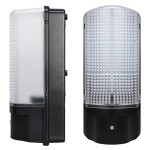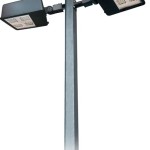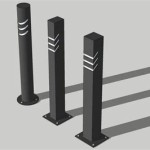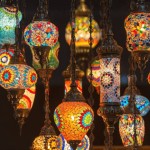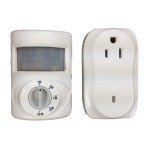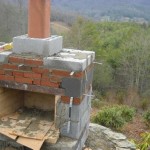Outdoor Lighting Ratings: Enhancing Safety, Security, and Aesthetics
Outdoor lighting plays a pivotal role in creating a welcoming and safe environment for both residential and commercial properties. Understanding the ratings associated with outdoor lighting is crucial for selecting fixtures that meet specific needs and performance standards. This article delves into essential aspects of outdoor light ratings, empowering readers to make informed decisions when choosing and installing outdoor lighting fixtures.
Illumination Level
Illumination level, measured in lux or foot-candles, indicates the amount of light emitted by a fixture onto a surface. Higher illumination levels provide brighter lighting, enhancing visibility and safety in areas such as walkways, driveways, and parking lots. For security purposes, brighter lighting can deter potential intruders and illuminate potential hazards.
Color Temperature
Color temperature, expressed in Kelvins (K), describes the color tone of light emitted by a fixture. Warm white light (2700K-3000K) creates a cozy and inviting atmosphere, while cool white light (4000K-5000K) provides a brighter, more invigorating ambiance. The appropriate color temperature depends on the intended use and desired ambiance of the outdoor space.
Ingress Protection (IP) Rating
The IP rating indicates the level of protection a fixture provides against the ingress of dust and water. A higher IP rating signifies greater protection. For outdoor lighting, an IP rating of IP65 or higher is recommended to withstand rain, moisture, and dust. This rating ensures the longevity and reliability of the fixture in harsh outdoor conditions.
Fixture Design
Fixture design plays a crucial role in directing and distributing light effectively. Choosing fixtures with suitable beam angles and light distribution patterns optimizes illumination levels and reduces light pollution. Wall-mounted fixtures provide downward lighting, while post-mounted fixtures emit light in multiple directions, illuminating wider areas. Recessed fixtures create a subtle and elegant ambiance.
Energy Efficiency
Energy-efficient outdoor lighting fixtures minimize energy consumption and reduce operating costs. Look for fixtures with LED technology as they offer superior energy efficiency, extended lifespans, and lower maintenance requirements. Energy Star-rated fixtures meet specific energy consumption and performance standards, ensuring both financial and environmental benefits.
Light Pollution
Excessive light pollution can disrupt natural ecosystems and create discomfort for residents. Consider fixtures with downward-facing lenses and hoods to minimize glare and light spillage. Shielding light sources helps reduce light trespass and protect the surrounding environment.
Conclusion
Understanding outdoor lighting ratings empowers homeowners and business owners to select fixtures that optimize safety, security, and aesthetics. By considering illumination level, color temperature, IP rating, fixture design, energy efficiency, and light pollution, one can make informed decisions that enhance the functionality, appeal, and sustainability of their outdoor spaces.

What Ip Rating Is Best For Outdoor Lighting Atom

What Ip Rating Do I Need For Outdoor Lights And Why It Matters Moonlight Design

What Ip Rating Do I Need For Outdoor Lights And Why It Matters Moonlight Design

Learn About Bug Lighting Ratings Take Three

Outdoor Lighting Guide Delmarfans Com

What Is The Best Ip Rating For Outdoor Lighting Billyoh Com

Ip Rating For Outdoor Lights A Quick Guide Rc Lighting

What Is The Best Ip Rating For Outdoor Lighting Billyoh Com

Outdoor Lighting Specifications Scientific Diagram

12w Iron Outdoor Garden Lights Ip Rating 65
Related Posts
